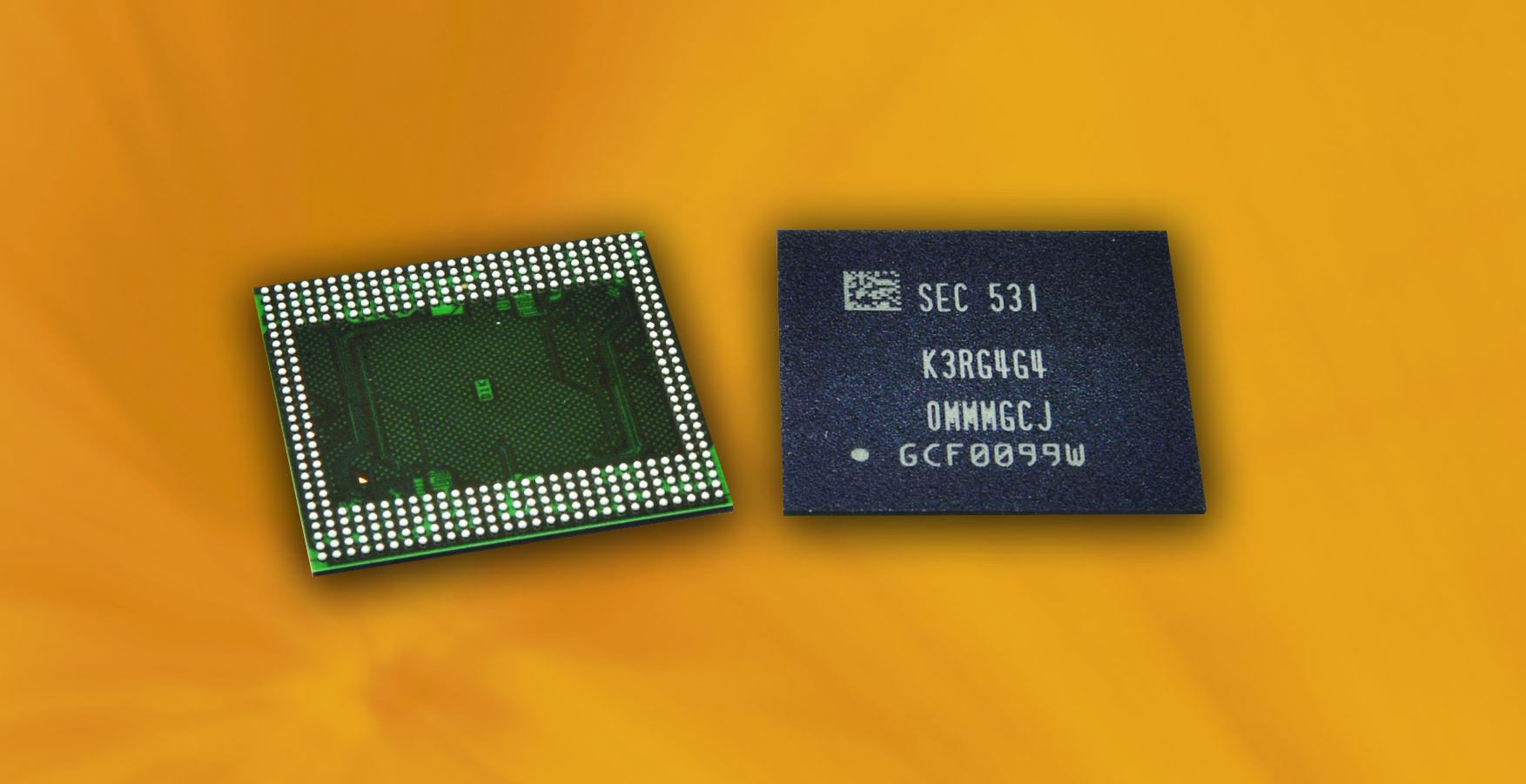Samsung Releases Its First 12 Gb LPDDR4 Modules

With the release of Intel's 6th generation of Core processors (Skylake), DDR4 is poised to become the primary standard of memory used across the computer industry. Before DDR4 can completely usurp DDR3's position, however, the technology needs to become cheaper and faster. In the drive for better DDR4, Samsung released its first 12 Gb LPDDR4 DRAM modules into the market.
The new RAM modules from Samsung are based on the company's 20-nanometer fabrication technology, and Samsung claimed that the 12 Gb LPDDR4 DRAM modules are an industry first. They will certainly help to advance the state of the DDR4 memory standard.
"By initiating mass production of 12 Gb LPDDR4 mobile DRAM in an extremely timely manner, we now are not only helping OEMs to accelerate their moves to the next generation of mobile devices, but also providing functionality that will give mobile consumers greatly enhanced user experiences," said Joo Sun Choi, executive vice president of Memory Sales and Marketing at Samsung Electronics. "Furthermore, we intend to closely collaborate with our global customers to move beyond premium smartphones and tablets in creating new digital markets that embrace the full potential of cutting-edge technologies like next-generation mobile DRAM."
Prior to this release, Samsung's most advanced LPDDR4 DRAM modules, based on the same 20-nanometer fab, were limited to 8 Gb capacities. Samsung stated that, relative to the 8 Gb modules, its 12 Gb modules also feature a 30 percent increase in performance and consume 20 percent less energy.
Samsung stated that by using this new design, its manufacturing productivity has increased by 50 percent, too. These changes will significantly increase the supply of DRAM on the market, and could potentially reduce the cost of DDR4 RAM over time.
Currently, Samsung targets its high performance LPDDR4 DRAM at mobile devices only. Samsung anticipates this changing in the near future, however, as its supply and technology improves over time. Over the next few years, Samsung expects that this RAM will start being used inside of ultra-slim PCs as well as digital appliances and automotive devices.
Samsung gave no indication of when devices using these DRAM modules will appear on the market, but now that mass production has begun, expect to see it in devices in the not too distant future.
Get Tom's Hardware's best news and in-depth reviews, straight to your inbox.
Follow Michael Justin Allen Sexton @LordLao74. Follow us @tomshardware, on Facebook and on Google+.
-
Mac266 So is this 12 Gigabyte (GB) or 12 Gigabit (Gb). Because at the moment it says Gigabit. And there is a difference.Reply -
BannereusPrime @Mac266 They did correctly say 12 gigabit modules, because you put eight modules on each side of a stick of desktop RAM -> 24GB per stick, but as they said this would be for mobile devices, not desktops (yet) they would only use one or two modules (1.5 or 3 GB)Reply -
IInuyasha74 Yes, that is correct. Although RAM sticks are always sold with the capacity listed in Gigabytes, DRAM modules always list their capacity in Gigabits. It is just the way the industry does it. Also, like BannereusPrime was saying, these numbers seem a bit odd for desktop RAM, which we are accustomed to buying in measurements of 1, 2, 4, 8, and 16 GB, but mobile devices use 1.5, 3, 4.5, and 6 GB measurements of RAM all the time. Since this RAM offers much lower power consumption and higher performance than DDR3, I wouldn't be surprised to see it showing up in high-end smartphones.Reply